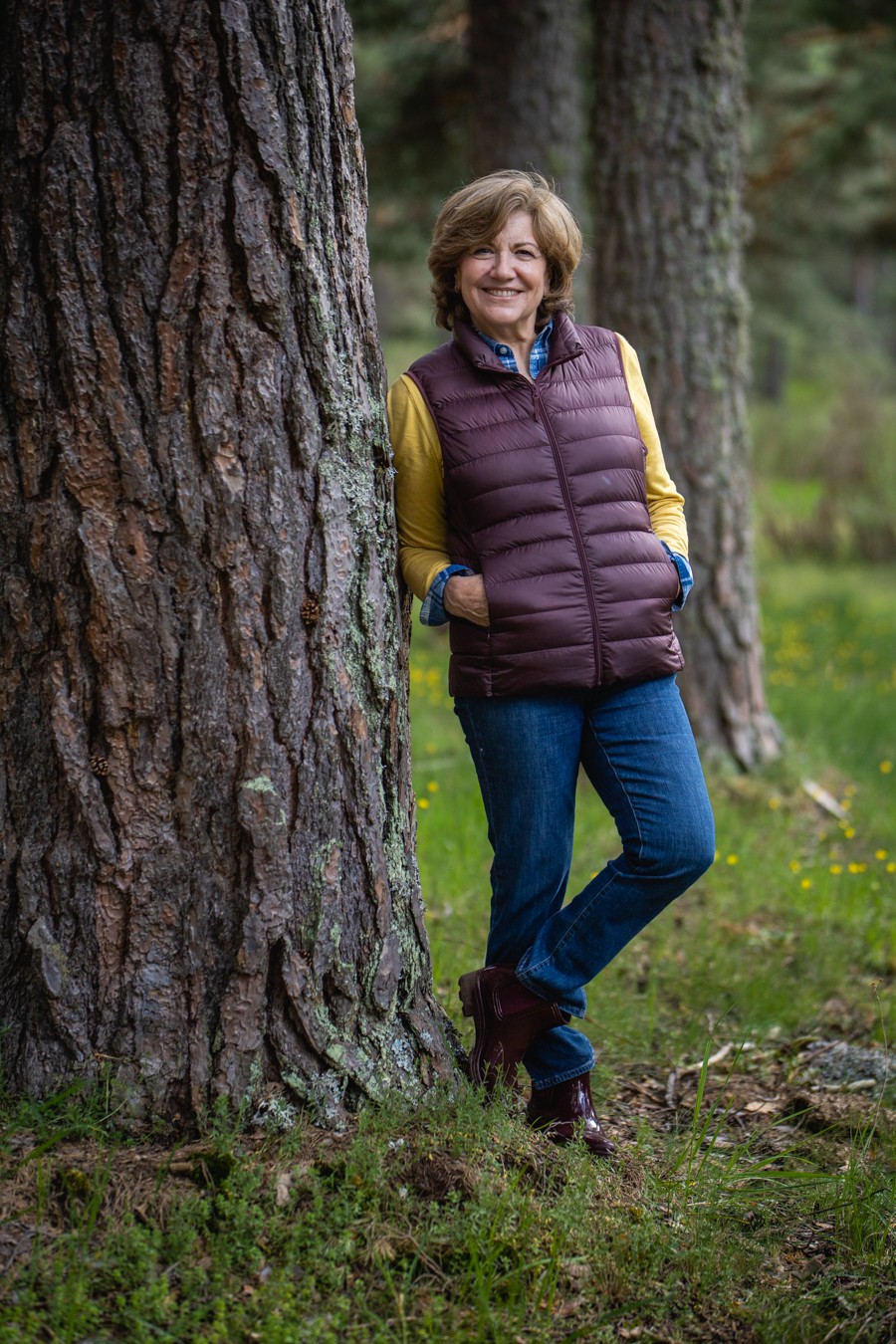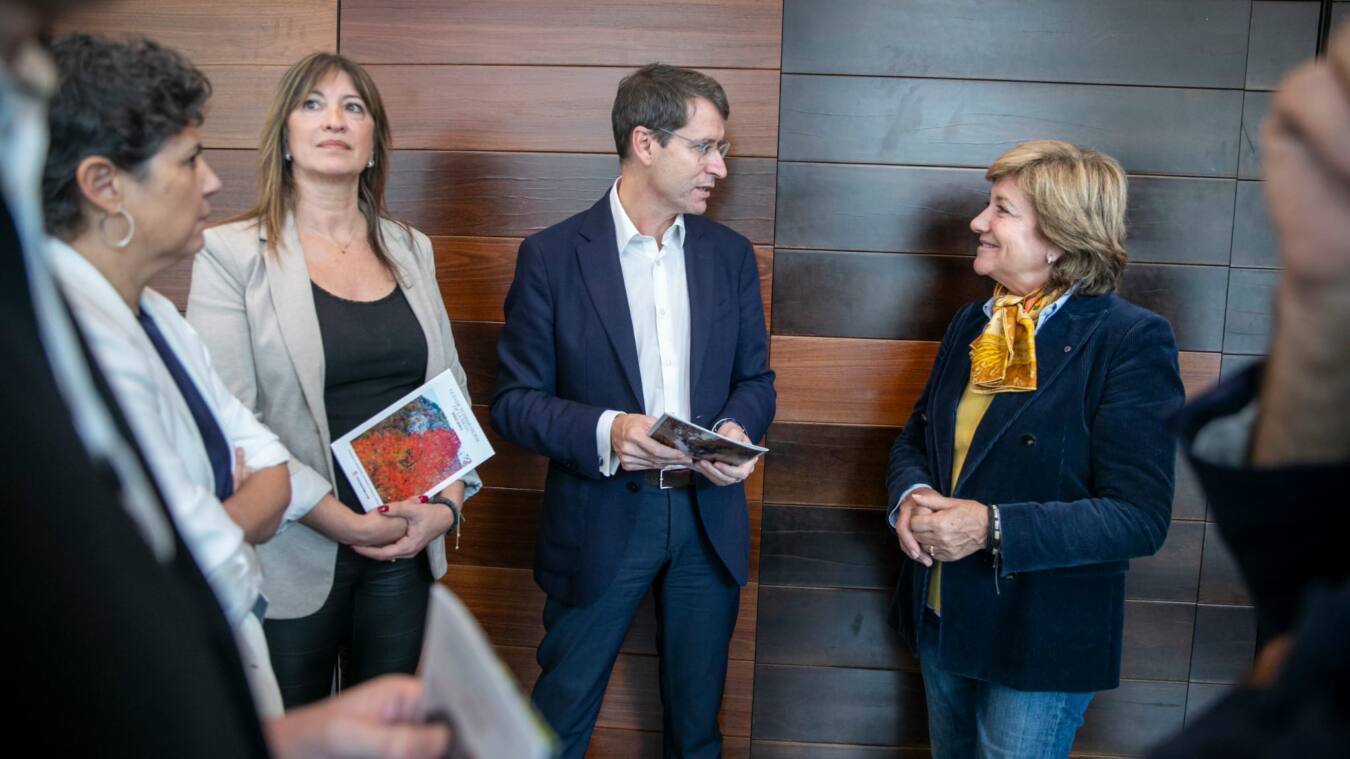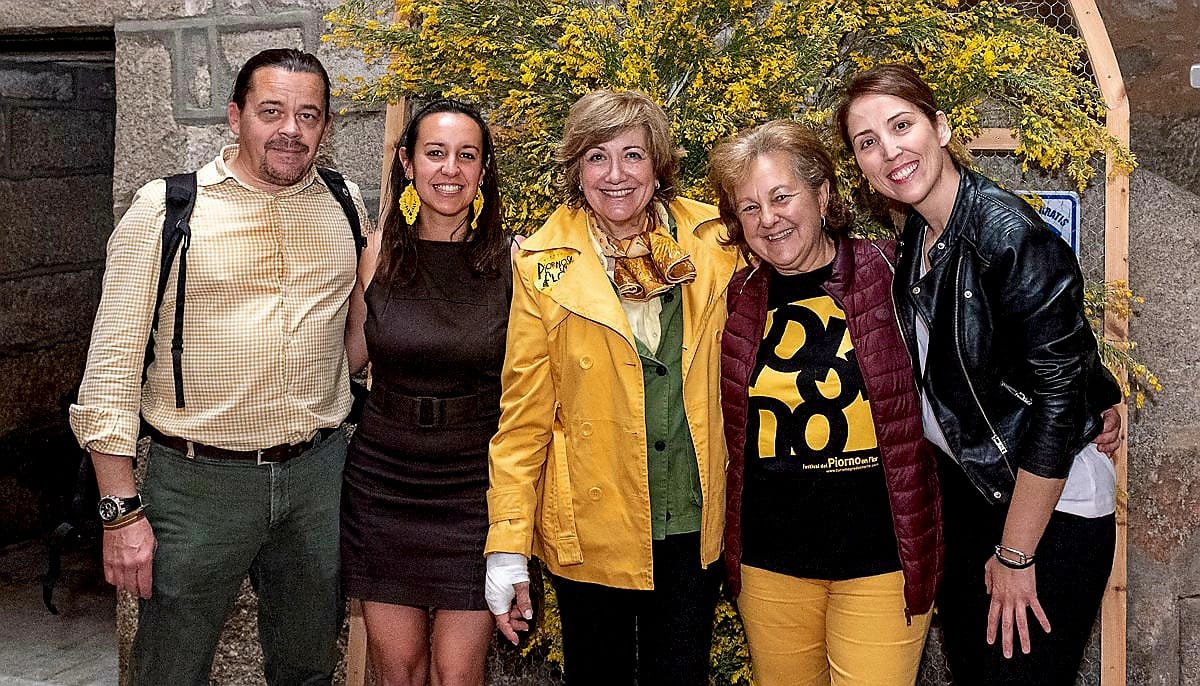COMPETICIÓN MUNDIAL DE LA OMT PARA STARTUPS DE TURISMO RURAL
La Organización Mundial del Turismo – OMT
La Organización Mundial del Turismo -OMT-, realiza una competición mundial para startups de turismo rural, que tiene por objeto apoyar a nuevas startups y a emprendedores que impulsan la contribución del turismo al desarrollo local y apoyan la recuperación. Así, valora las iniciativas que crean oportunidades en los destinos rurales mediante la innovación y la transformación digital del sector turístico para:
- Combatir la pobreza: el 80% de las personas en situación de “pobreza extrema” viven en comunidades rurales.
- Frenar la despoblación: para 2050, el 68% de la población mundial vivirá en zonas urbanas y las ciudades generarán el 85% del producto económico mundial.
- Cerrar la brecha digital: el 87% de las personas que viven en países en desarrollo utilizan internet, mientras que en los países menos adelantados el porcentaje es tan solo del 19%.
- Apoyar a las mujeres y los jóvenes: más del 50% de la fuerza laboral mundial empleada en turismo son mujeres y, de los 1.200 millones de jóvenes de entre 15 y 24 años que hay en el mundo, casi 1.000 millones residen en países en desarrollo y el 88% viven en zonas rurales; de ellos, 75 millones están desempleados.
Me he presentado a este certamen de la Organización Mundial del Turismo -OMT, no con ánimo de ganar ningún premio, pero si con el de entrar en un nuevo entorno de contactos y oportunidades que me permitan dar otra dimensión a mi proyecto de la Escuela de Turismo Generativo.
He incluido en el formulario de inscripción aquella información que define mejor mi proyecto y que puede llamar la atención sobre los objetivos que cumple. Pero también he añadido un enlace a un video resumen y un PDF (en inglés) y, por si tenéis curiosidad, os resumo:
Formulario del certamen de la Organización Mundial del Turismo -OMT
I INTRODUCE MYSELF
I do not talk about problems in the rural world, i live them.
I am Isabel Sánchez Tejado, specialist in rural tourism, lecturer and founder of the School of Generative Tourism, a school that aims to teach a management model of a territory (at risk of depopulation), to turn it into a sustainable tourist destination, generating social, environmental and economic changes (hence its name: generative)
And I live in a small town in Gredos (Avila, in Castilla y León – Spain).
THE PROBLEM TO BE SOLVED
The difference between life and death for some populations is in the development of sustainable tourism. The Generative Tourism method provides sufficient knowledge and support to generate that difference because it potentiates the great natural resources that every rural territory has and that we all appreciate: spectacular skies, clean air, infinite landscapes, trees, cristaline water…, they become sustainable tourism products that allow tourism to be the engine of the local economy and through the demand for tourist services, to fix the population.
THE SOLUTION
The model that is taught in the School of Generative Tourism is simple yet very effective and consists of 5 initial steps:
- STEP 1: Get involved in the territory and raise the level of awareness of the problem. You will be able to better connect with your interlocutors, understand their proposals and reach the final decision maker.
- STEP 2: Analyze the territory and help those responsible for the territory to achieve their objectives. It’s about them. You will achieve your results based on their requirements.
- STEP 3: Work with all the actors in the territory, involve them. In this way, you will have the support of the majority of the actors in the territory, you will have more opinions and you will enrich the content.
- STEP 4: Develop and present the Action Plan. It is your moment, this document will be your link with the territory and your vision of how to approach its sustainable tourism development.
- STEP 5: Spread and execute. You will get an impact and, above all, that all the actors know the final work and how they have to get involved in it.
There are two learning models; one through a standard online study with a mentoring package. The second model uses the online content coupled with a guided and personalised mentoring package that addresses the specific territory of the client.
Types of content / deliverables:
- downloadable online courses with a mentoring package and templates- do it yourself (MVP)
- online and / or face-to-face courses: done with the client
WHO WE WORK FOR?
In the School of Generative Tourism we work for people and institutions that want to develop a town, a region or a rural territory for tourism. However, not all territories are capable of applying the model, they must meet some minimum requirements:
They must be territories that want to become sustainable tourist destinations.
- These territories will be rural areas with natural, historical or cultural resources, yet to be discovered, which presupposes great potential.
- They have to need or want tourism to be the engine of the local economy, as the main element or as a complement to other activities, which is the ideal.
- There must be people who want to work for the territory and who assume that their work is part of their donation to the community or, if they are government officials, that their role and task are perfectly defined.
ADVANTAGES OF THIS MODEL
The advantages of applying this Generative Tourism Method are:
- Attracts and fixes population via new business and employment opportunities and more services
- Creates a collaborative, productive envrionment – It encourages all the stakeholders in the territory: entrepreneurs, neighbors and managers to work together for the benefit of the project, without personal or political positions
- Identity of the territory. – The key resources and icons that really represent the territory as a tourist destination are identified, but with the consensus of all the actors in the territory.
- Sustainability. – Applies the value of SUSTAINABILITY as a basis for all actions.
- No investments. – It transforms these territories into sustainable tourist destinations without the need for large investments
The territories that have already implemented the model are now examples of how important changes are generated: Las Navas del Marqués, Northeast Segovia, Peguerinos, Gredos Norte, Gran Lago Alqueva, Guisando or Taejo Internacional. With the added value that knowledge stays in the territory, because you work with the local team; and the advantage that you do not have to make large investments because you work with the existing assets in the area.
PROJECT EVOLUTION
At this point, having implemented the model successfully in a number of territories over the past 10+ years, I am faced with the challenge of how to scale both nationally and internationally my product and service. The creation of the School of Generative Tourism is the new business model that aims to address this issue of limited reach my model has had to date.
I am developing a new website (www.isabelsancheztejado.com) with all the content for the School of Generative Tourism which will be available on the Hotmart platform. This platform is a leader in its sector of commercialisation and distribution of digital products and number one in Latin America which is a target market for my online and downloadable courses.
¿Qué os parece? ¿Creéis que tengo oportunidades? ¿Vosotros también os presentáis a candidaturas como esta de la Organización Mundial del Turismo -OMT, con el ánimo de conocer nuevos entornos y establecer redes de contactos?
Déjame tus comentarios. Te escucho.











